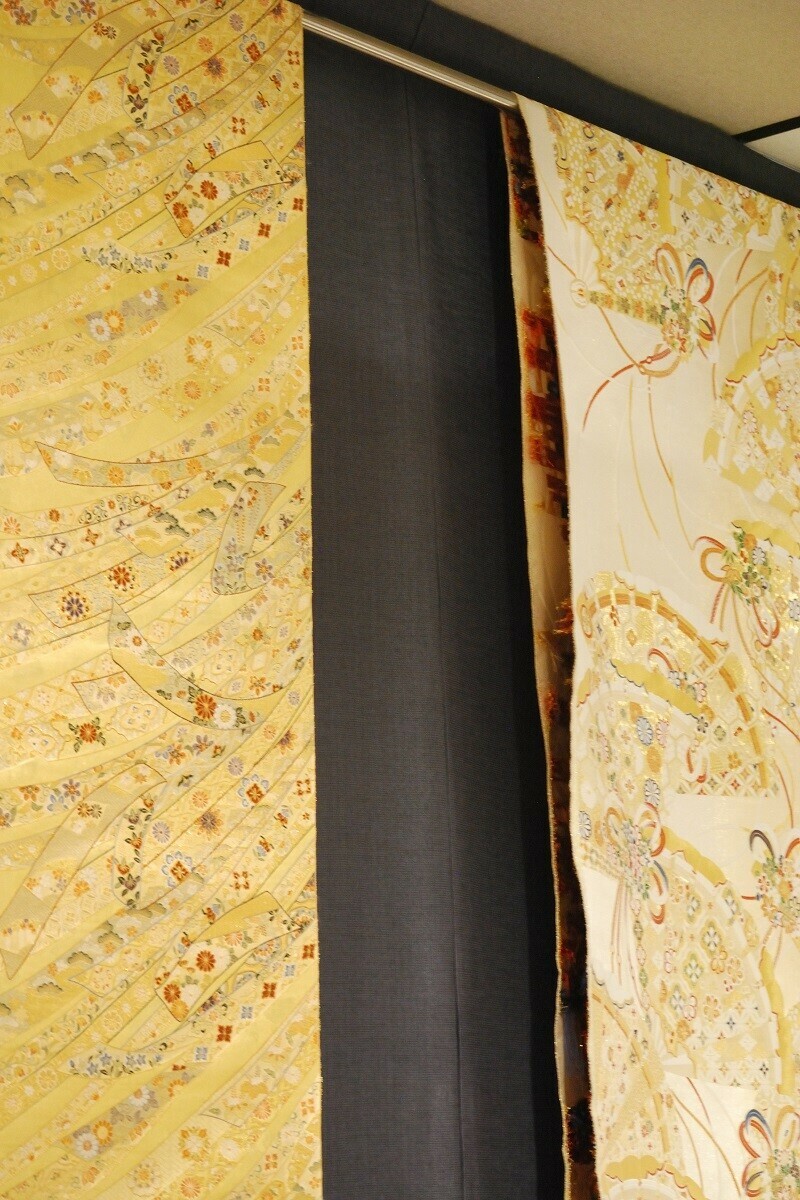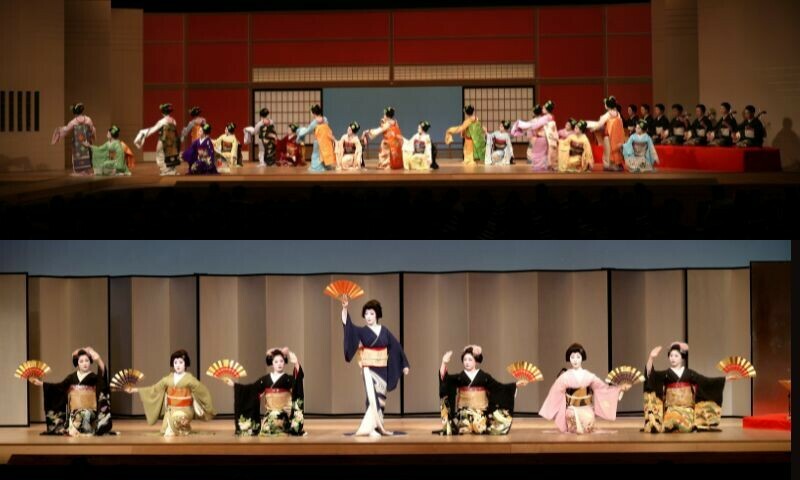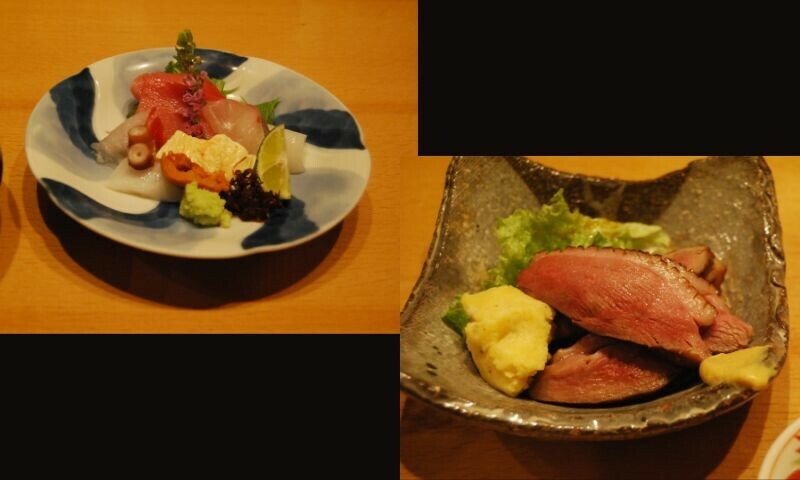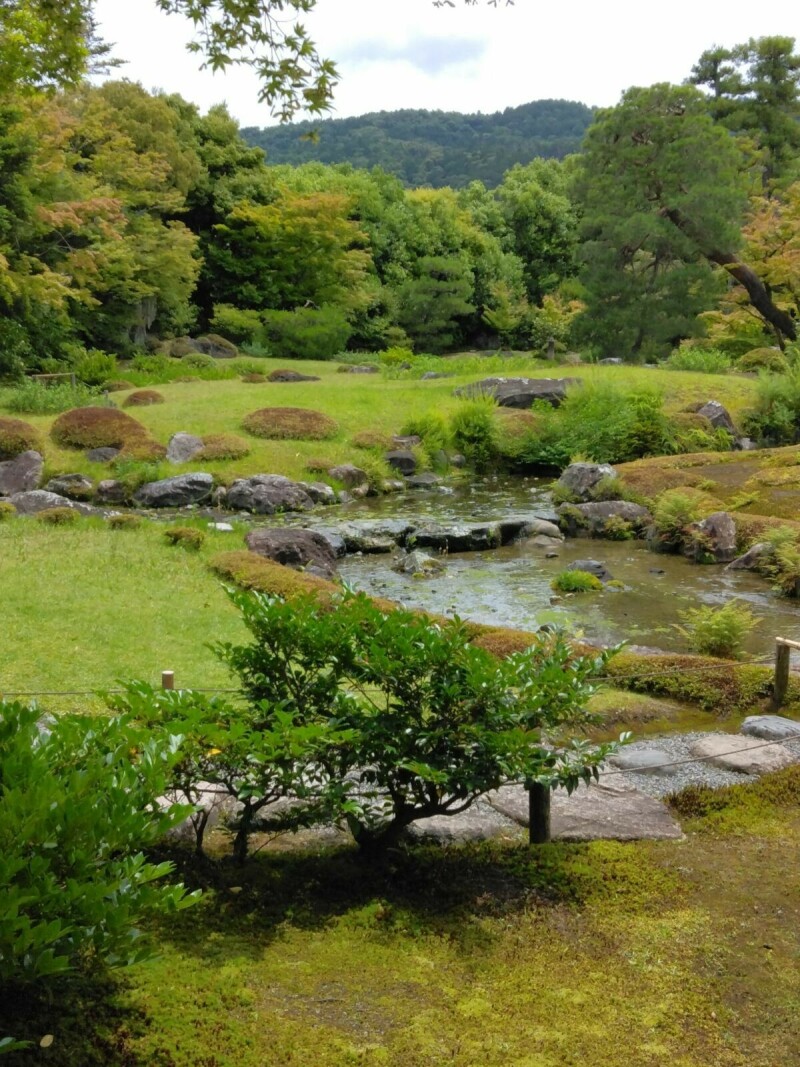Japan’s lesser known former capital is an artistic wonder you must see for yourself
A visit to Kyoto, Japan’s cultural capital embodying more than a 1,000-year history, is always a tough decision but one you will never regret. After all, the world’s third largest economy is a treasure trove of sight-seeing spots.
First time visitors on tight schedules may opt for the traditional course featuring landmark temples and gardens. This includes walking through the majestic gold-leaf covered Kinkakuji, the Golden Temple built in the 16th century, Gion, the old part of the city famous for its artistic culture, and dining at Pontocho, dotted with sophisticated restaurants and bars — a river-front view sometimes has an extra charge — by the Kamo river that runs through the city.
Hopping into one of the many tour buses takes you through these popular tourist destinations — an apt introduction to the city.
My two-day visit in June this time around took me on a different route. Blessed with kind guides whose families have lived in Kyoto for several generations, I used my limited time wisely focusing on under-the-radar restaurants and smaller museums, eager to avoid the usual crowds.
Japan’s signature silk
Arriving on a Saturday morning by Shinkansen, Japan’s bullet train, Kyoto station was bustling with tourists. I quickly slipped past them, heading down the stairs for the Kyoto Karasuma subway and arrived at Shijo station. I was heading for the Nishijin Asagi Museum that hosts one of Japan’s most valued Nishijin brocade products — a woven silk produced in Kyoto.
The tiny museum offers English explanations, so I spent a quiet hour awed by the display of the finest hand-woven gold and silver silk Kimonos, tapestries, hanging scrolls and Japanese fans that were used in the Heian Period when Kyoto was the royal capital with princes and princesses patronising the blossoming Japanese literature and the arts.

The tradition continues even though working artisans are scarce and mostly elderly. Nishijin brocade, which is prohibitively expensive, is produced in villages around Kyoto city. Motifs typically feature elements of Buddhism, Samurai figures or classical poems. However, modern designs from the West are also produced with the same intricacy and colours. Admission fee: 400 Japanese Yen — or Rs790.

Cafes and cuisines
For lunch, mindful that dinner would be a full-course traditional cuisine, I took a break at one of Kyoto’s sublime cafes that offer a delectable combination of Western and Japanese food. The city of 1.1 million people restricts the construction of high-rise buildings. Cafes and restaurants are located in old wooden houses designed to protect the original architecture characterised by heavy wooden beams, low ceilings and tiny gardens.

Matcha — powdered green tea — now popular around the world, originated in Kyoto. I ordered a cold Matcha latte and a huge basil cream and tomato croissant at the Kumonocha café (which roughly translates to tea on clouds), located in a narrow street about a 10-minute walk from the Asagi museum.
The food arrived on a wooden tray containing a glass of piping hot thick Matcha that was to be mixed with the iced milk. Sipping the drink, by a large window overlooking a single tree, I savoured the perfect blend of bitter and sweet, another Japanese aesthetic which — and this may sound cliché — highlights the contrasts in life.
Of dance, culture and nature
The purpose of my visit this time was to watch the “Gokagai”. Five entertainment hanamachi’s (districts) in Kyoto city are collectively known as the Gokagai. These districts are famous for the Geisha, female Japanese performing artists and entertainers who perform traditional Japanese art forms.
Dating back to the 1600s, the two-hour performance I attended was held at the 400-year-old Minamiza Theatre, an ornate theatre and another legacy of Kyoto. The dancers in summer silk kimonos moved gracefully to classical songs played on the Shamisen (a Japanese three stringed lute) and sung by another group of Geisha.

We had dinner in Hanamachi Pontocho. We packed into a small restaurant to enjoy Kyoto`s famed dishes of tofu, soft soya bean curd, kamo, roast duck, and an array of local vegetables with exotic choices such as stewed burdock and pickled aubergine. Experienced with foreigners, most restaurants have English menus and the friendly staff greet with both Kyoto-accent-Japanese that has a slight singing tone, and a smattering of English.

I also recommend the three-minute-walk down the river where food produce is washed in front of people. During spring time, the night is illuminated with thousands of pink cherry blossoms bowing from the branches and almost touching one’s face.

Kyoto is not complete without a visit to one of the many sublime Japanese gardens which took me on Sunday morning to Murin-an Garden. The garden is a designated place of scenic beauty belonging to the villa of statesman, Aritomo Yamagata, who was a leader in Japan’s modernisation in the 19th century.
The garden is a classic example of Japan’s refined beauty. With the mountains in the backdrop, I walked among the pine trees, wild flowers and moss, past a tiny waterfall and stone monuments with a deep, almost Zen-like state of mind taking over me. The wooden villa facing the garden offers green tea with Japanese sweets and fruit juices to perfectly go with the aura.
Refreshed, I walked out, ready to face the busy world again. My visit opened the door to the essence of the Japanese spirit that focuses on the simple sensibilities of life, a journey that is often lost in the nation’s rise as a global power. You must visit Kyoto to experience that for yourself.
Header image: Japanese female artists also known as Geisha performing at a theatre in Kyoto. — Photo by author







Dear visitor, the comments section is undergoing an overhaul and will return soon.